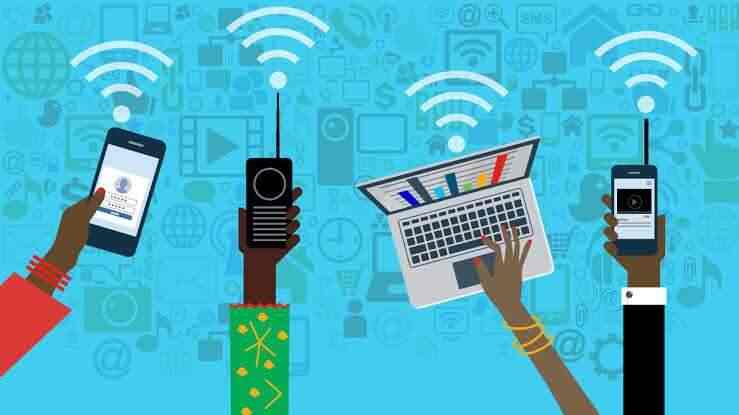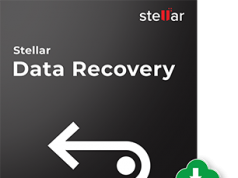Fiber optic internet is one of the foundational technologies of the future. That might sound like the kind of hyperbole you hear around all sorts of tech, but, in the case of fiber, experts say that it really is accurate and, thus, that a big expansion of fiber optic networks should be a top priority.
In the future, fiber broadband will be everywhere, powering everything from instant remote collaboration to lightning-fast gaming performance. The plastic instrument enclosure (called an optical network terminal in this case) that houses your fiber connection will become your gateway to a world of possibilities.
Right now, however, this world of high-performance fiber is still mostly a theoretical one. Below, we’ll look at some of the evolving storylines in the fiber industry that will shape the future of this crucial technology.
Why Fiber Is the Future
The internet as we know it has always been built on fiber technology. Since the late 80s, fiber optic cables have been the physical “backbone” that connects the global internet. ISPs act as middlemen that bridge the so-called last mile between the internet and the end user, bringing internet service into your home or business.
Today, most ISPs still use coaxial copper cable internet for the last mile. Cable internet offers solid download speeds that have served most people well for years, and it has the advantage of using the same coaxial cables that many homes are already equipped with. But cable networks also often strain under the weight of peak demand, they can have spotty service, and their upload speeds are just a fraction of their downloads.
Fiber broadband is the next-gen technology that replaces copper cables with fiber optic cable for the last mile. The advantages of fiber broadband include much faster upload speeds, greater reliability, and a data capacity that’s basically unlimited with the proper infrastructure. In our world of remote collaboration, IoT, gaming, and other bandwidth-intensive applications, fiber is the gold standard for broadband internet access.
The Present State of Fiber Broadband
Fiber broadband coverage is in a much better place than it was five years ago. Many states, mostly in the northeast and the west, now have fiber coverage available to over 50 percent of their residents. It’s not just big cities, either; some smaller cities and towns have made headlines with big investments in high-speed fiber broadband.
However, many places are still lagging far behind in fiber access. Coverage remains seriously lacking overall; only about one-third of consumers currently have access to fiber options. The high deployment cost of fiber networks continues to hold back implementation, especially in remote areas and low-income neighborhoods.
Thus, although our world is undoubtedly ready for fiber, many big challenges are still being worked out. Next, we’ll talk about some ways that those challenges are being addressed.
The Shape of Fiber to Come
Sand local governments will recognize fiber as a must-have.
For communities looking to attract residents and businesses, fiber optic broadband is quickly shifting from a nice perk to a must-have. This is especially important in our new era of remote work, which allows employees more freedom on where to locate but requires fast and reliable internet services. Increasingly, state and local policymakers are putting significant resources toward expanding fiber broadband in their areas.
Many of these projects use public-private partnerships to help distribute risk and establish a financially sustainable foundation for continued maintenance of the network. Others, like the city of Wilson, NC, have gone it alone with all-public fiber projects. However it happens, the important thing is that various parties work together to get it done.
Affordability will continue to be a challenge.
Even if fiber is available where you live, it might not be affordable for everyone who needs it. That’s because the cost of deploying fiber infrastructure remains quite high. ISPs often need to charge higher prices to recoup the cost of installing fiber, and it’s also common for communities to have only a single ISP that offers fiber, removing any competitive pricing incentives.
Some fiber advocates argue that market competition won’t be enough to bring fiber prices down, and additional government intervention might be necessary. Europe could offer a good model for us to imitate here: Its open-access networks—in which the infrastructure is built using public funds, but services are provided by private companies—have produced incredibly affordable fiber broadband in many instances.
Global fiber initiatives will come from both public and private actors.
Much of the world still lack reliable internet access of any kind, limiting people’s access to jobs, information, and other resources. That’s why governments and private companies alike are moving to build fiber infrastructure that will reach developing countries. But that infrastructure may come in unusual forms when it arrives.
Alphabet’s Project Taara is a great example of an innovative initiative to bring fiber optic-like speeds to countries with low internet access. This wireless optical communications technology transmits high-speed signals through a series of light-pulse towers that are ideal for deployment in less developed areas. It’s currently operational in the Congo and recently made headlines for transmitting 700 TB of data in two days across the swift and treacherous Congo River.
Businesses will increasingly seize on the advantages of fiber broadband.
Increasingly, businesses see a fiber broadband connection as a good investment. Fiber is both more reliable and more secure than traditional coax cable internet, which makes it an excellent choice for all kinds of businesses. eCommerce businesses are obvious examples, but almost any business can benefit from these important upsides.
As commercial use of fiber broadband increases, ISPs will need to provide service packages that appeal to businesses. These might include flexible deployment options that can customize fiber service to a business’s individual needs, network terminals in extruded aluminum enclosures for harsh environments, or “dark fiber” networks for enterprise institutions that will allow them to easily upgrade future capacity.
Follow Technoroll for more!






